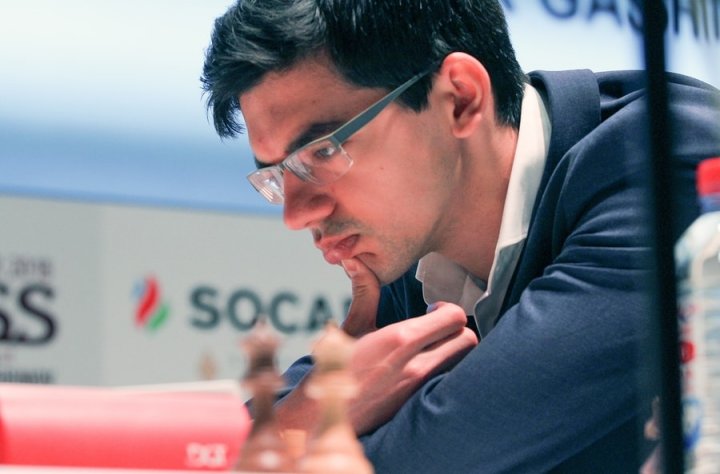Quiet after the rest day
Tuesday was the official rest day in Shamkir, coming after round five, but today's sixth round was still a fairly quiet afternoon of chess. To wit: the World Championship 2016 replay:
S. Karjakin ½-½ M. Carlsen
The game between Sergey Karjakin and Magnus Carlsen was not very exciting. In the Marshall Gambit, both followed the predecessor game Maxime Vachier-Lagrave vs Carlsen (Paris 2017) for quite a while until Carlsen broke new ground with the new 20...h6.
20...Rxe1 21.Rxe1 and f6 was Carlsen's approach last year in Paris, but his latest innovation in Shamkir was harmless: By the 30th move, the game ended with a draw.
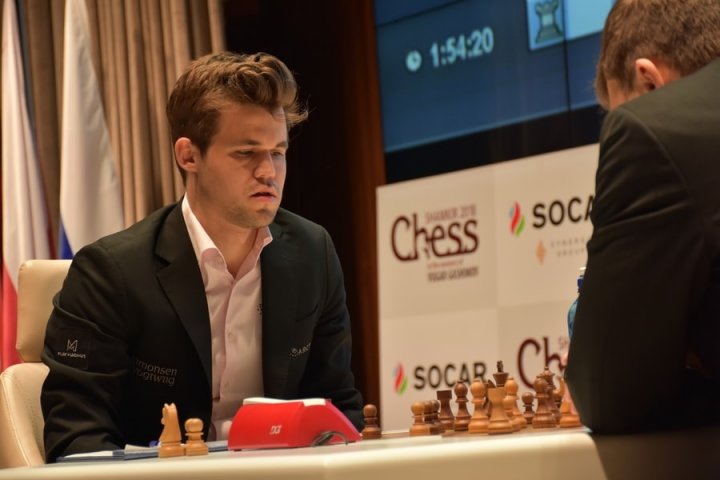
With five draws and a lone win, Magnus is not yet in best form | Photo: Shamkirchess.az
A. Giri 1-0 D. Navara
 The Caro Kann is a very tricky opening. Black’s play is based on controlling and fighting for key light squares. It is a line which was very fashionable in late 90s and early 2000s due to the successes of greats like Karpov, Anand, Dreev etc. Recently due to strong engines lot of key developments have been made and some new lines have been introduced, while others have been refuted altogether. I have analyzed the new trends carefully and found some new ideas for Black.
The Caro Kann is a very tricky opening. Black’s play is based on controlling and fighting for key light squares. It is a line which was very fashionable in late 90s and early 2000s due to the successes of greats like Karpov, Anand, Dreev etc. Recently due to strong engines lot of key developments have been made and some new lines have been introduced, while others have been refuted altogether. I have analyzed the new trends carefully and found some new ideas for Black.Anish Giri benefited from a tactical mistake by David Navara and garnered his first victory. In a sharp variation of the Caro-Kann defense, Navara made an unusual mistake:
Navara apparently suffered from a proverbial blackout, which he attributes to overpreparing and being low on energy. He played 23...Bc2 and with the intermediate move 24.b6! White immediately exploited Navara's mistake. The point is after Qc8, the a4-e8 diagonal is now open such that after taking twice on c2, Black's Nd4 fork idea fails to Qa4+ and Navara is just down a piece.
Instead of the fatal bishop move, 23...Na5 would have kept the position in balance. In the game, after 24.b6 there followed 24...Bxd1 25.bxc7 Kd7 26.Bxd1 Kxc7 27.Bd6 + Kd7 28.Rb1 and Black gave up.
This DVD emphasizes the importance of training your calculation skills. Dutch IM Robert Ris made a selection of training material which he uses in lessons with students ranging from 1400 to 2400.
V. Topalov - R. Mamedov
 The Sveshnikov Variation of the Sicilian Defence is considered one of the most promising replies to 1.e4, often giving rise to sharp and complex positions which require precise and inventive play from both sides. Thus, an opening tailor-made for Alexei Shirov (FIDE World Cup finalist in 2007), who has included it into his repertoire with both White and Black and knows the mutual tricks and traps all too well.
The Sveshnikov Variation of the Sicilian Defence is considered one of the most promising replies to 1.e4, often giving rise to sharp and complex positions which require precise and inventive play from both sides. Thus, an opening tailor-made for Alexei Shirov (FIDE World Cup finalist in 2007), who has included it into his repertoire with both White and Black and knows the mutual tricks and traps all too well.An interesting exchange of blows occurred between Veselin Topalov and Rauf Mamedov. At first, the excitement was provided Topalov, who brought in the Sveshnikov variation of the Sicilian and came up with an exchange sacrifice novelty on move 22.
White played 22.Rxe4!? With this exchange sacrifice Topalov wanted to seize the initiative, but only a few moves later Mamedov countered with the thematic pawn sacrifice 26...b4:
Mamedov secured sufficient counterplay, and the players soon reached a balanced endgame with opposite-coloured bishops, which ended in draw on the 41st move.

Rauf Mamedov just shy of his 30th birthday | Photo: Shamkirchess.az
T. Radjabov - R. Wojtaszek
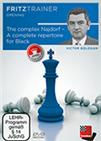 When choosing an opening repertoire, there are days when you want to play for a win with Black, when you want to bear down on your opponent’s position with a potentially crushing attack. The Najdorf is perfect for just such occasions. Strategy, combinations, attack and defence, sacrifices and marvellous manoeuvres — exciting chess is all about the Najdorf!
When choosing an opening repertoire, there are days when you want to play for a win with Black, when you want to bear down on your opponent’s position with a potentially crushing attack. The Najdorf is perfect for just such occasions. Strategy, combinations, attack and defence, sacrifices and marvellous manoeuvres — exciting chess is all about the Najdorf!Teimour Radjabov and Radoslaw Wojtaszek delivered a spirited tactical battle in the Najdorf Sicilian. Radjabov invited his opponent to a theoretical duel with 6.Bg5 and after 6...e6 7.f4 Radjabov took up the gauntlet with 7...Qb6!?
Radjabov has an excellent tournament record from this position, and soon was two pawns down but plenty of compensation.
But before White could make any concrete threats, Black returned material: he sacrificed an exchange with 22...Ne4, which quickly led to another tactical skirmish after 23.Ned7 Bxd7 24.Nxd7 Qg5, which eventually fizzled out to a perpetual check draw.
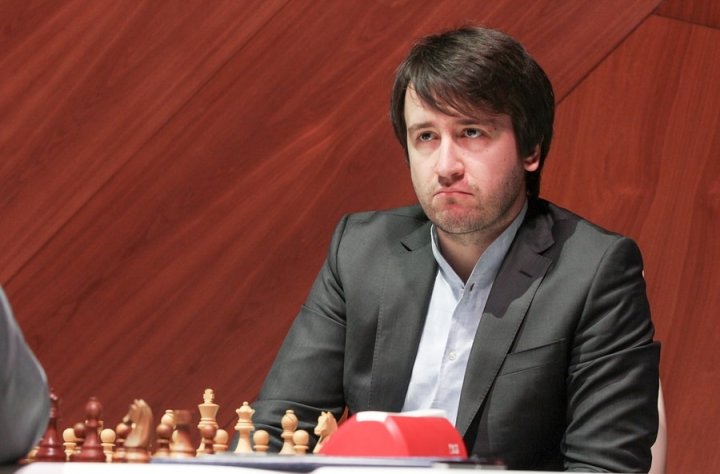
Teimour Radjabov continues his drawing streak | Photo: Shamkirchess.az
Ding Liren ½-½ S. Mamedyarov
In the Candidates Tournament in Berlin, Ding Liren won only one game — against Shakhriyar Mamedyarov. But at their meeting in Shamkir, Ding had no chances. In a Queen's Gambit with 5.Bg5 a balanced endgame appeared soon after the opening, and the players began repeating on move 34.
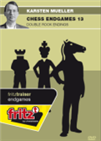 Double rook endings occur frequently and are different from single rook endings in several respects.
Double rook endings occur frequently and are different from single rook endings in several respects.
Ding Liren is also looking for his first win | Photo: Shamkirchess.az
Standings after six rounds
All games of round six
Translation from German: Macauley Peterson
Links
